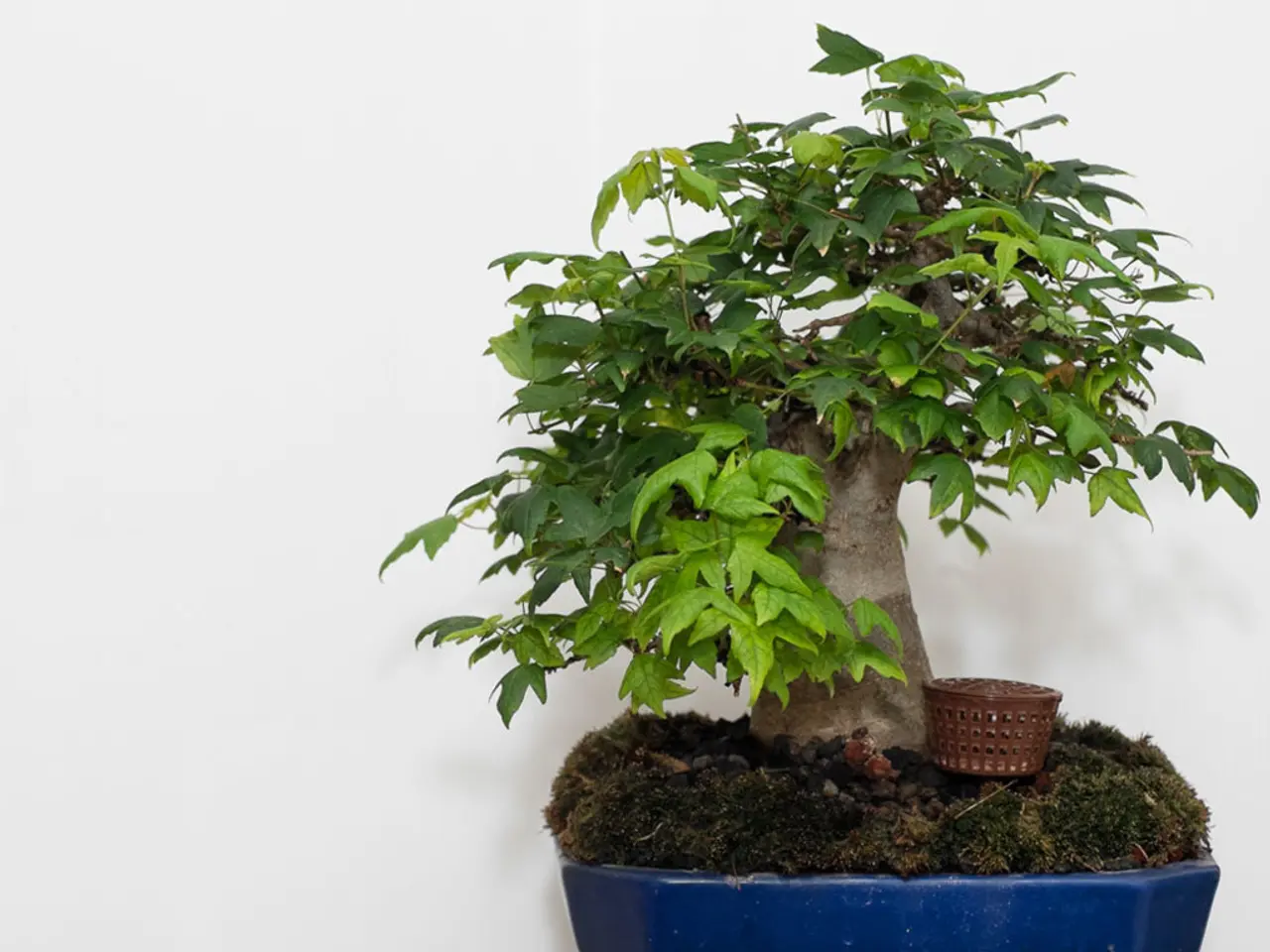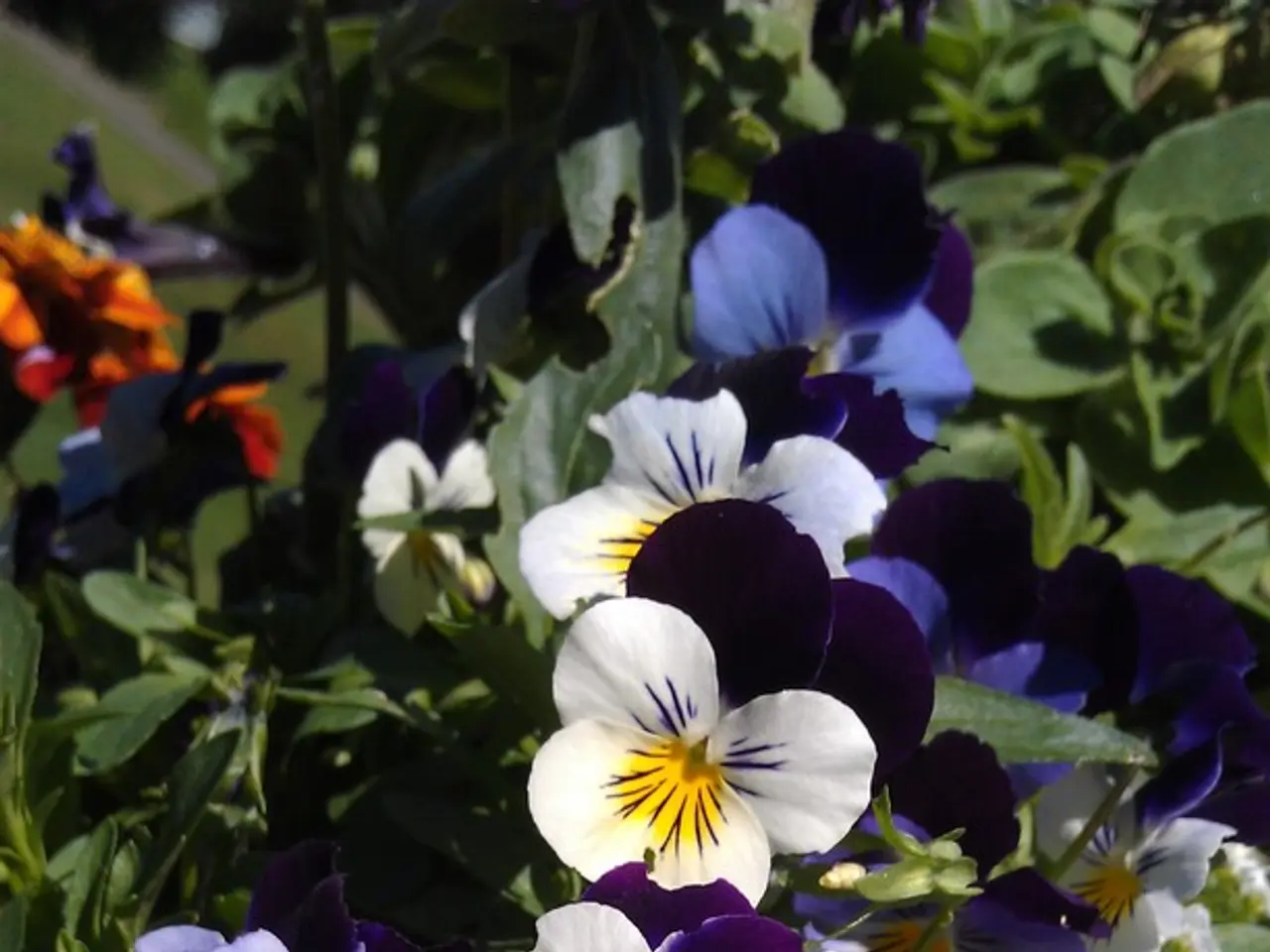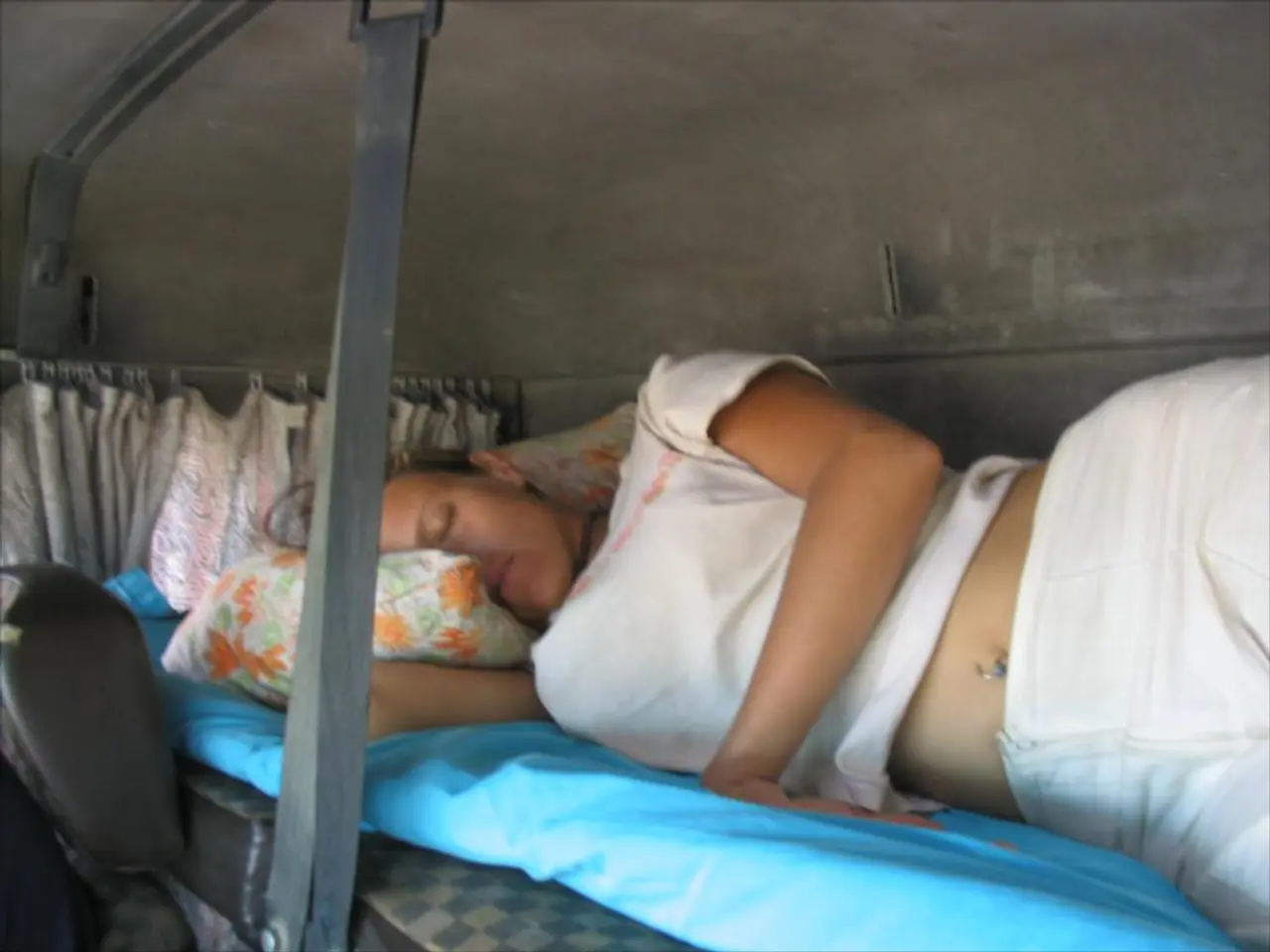Bonsai Dropping Leaves During Winter Season
In the winter months, indoor bonsai trees may experience leaf drop due to various factors. Understanding these causes and taking appropriate action can help keep your bonsai healthy and vibrant.
Key Reasons for Leaf Drop and Prevention Strategies
| Reason for Leaf Drop | Explanation | Prevention / Solution | |----------------------------------------------|-------------------------------------------------------------------------------------------------|-----------------------------------------------------------------------------------------------------------------------| | Reduced light availability | Shorter days and weaker indoor light reduce photosynthesis capacity, stressing the bonsai. | Provide supplemental artificial grow lights to maintain adequate light levels during winter[2][5]. | | Dry indoor air and low humidity | Heated indoor air in winter is often dry, causing excess water loss through leaves. | Increase humidity by misting, using humidity trays, or humidifiers near the bonsai[2]. | | Inconsistent or improper watering | Overwatering causes root rot; underwatering causes drought stress—both trigger leaf drop. | Regularly check soil moisture; water deeply when soil is slightly dry but avoid waterlogging[1][2]. | | Cold drafts or exposure to low temperatures | Sudden temperature drops or exposure to drafts can shock the tree. | Keep bonsai in stable warmth around 20-23°C; avoid placing near cold windows or heating vents; tolerate 7°C in dormancy[2].| | Natural dormancy cycles | Some bonsai species naturally lose leaves in winter as part of their dormancy. | Identify species needs; deciduous bonsai will lose leaves but should be monitored for health[3]. |
Other Causes and Solutions for Leaf Drop
- Over-fertilization can cause bonsai leaves to turn brown and fall off. To prevent this, use a balanced bonsai food to minimize the risk of fertilizer burn.
- Bonsai trees can lose their leaves during colder months due to natural responses to changes in temperature and daylight hours. Proper care can help minimize this effect.
- Improper care or the presence of pests or diseases can also cause bonsai trees to lose their leaves. Regularly inspect your bonsai for signs of pests such as aphids, spider mites, and scale, and treat them with insecticidal soap or neem oil as needed.
- Dry leaves on bonsai trees are typically due to underwatering or dry air around the tree. Examining the soil can help determine if watering is the reason behind bonsai leaf drop, as dry soil indicates under-watering, and soggy soil indicates over-watering.
- Brown leaves on bonsai trees can be caused by underwatering, overwatering, improper light exposure, nutrient deficiencies, or overexposure to hot, direct sunlight. Adjusting your watering and light schedule, along with providing the necessary nutrients, can help prevent this issue.
Maintaining a Healthy Bonsai
Proper watering is crucial for the health and vitality of bonsai trees. Finding the right balance in watering is essential to prevent bonsai leaf drop. Additionally, proper hygiene practices like cleaning tools between pruning sessions and sterilizing pots can help reduce the risk of fungal infections like anthracnose and rust.
For those looking to grow and maintain a beautiful bonsai tree, resources are available to help. Articles and a shop offering bonsai needs can be found on various platforms, making it easier than ever to nurture your indoor bonsai.
Gardening and home-and-garden enthusiasts should be aware that over-fertilization can cause bonsai leaves to turn brown and fall off. To prevent this, use a balanced bonsai food to minimize the risk of fertilizer burn.
When gardening indoors, it's essential to maintain a vibrant lifestyle for your bonsai by providing proper care, especially during the winter months. This includes understanding the causes of leaf drop, such as reduced light availability, dry air, inconsistent watering, and cold drafts, and taking appropriate action to prevent these issues.




